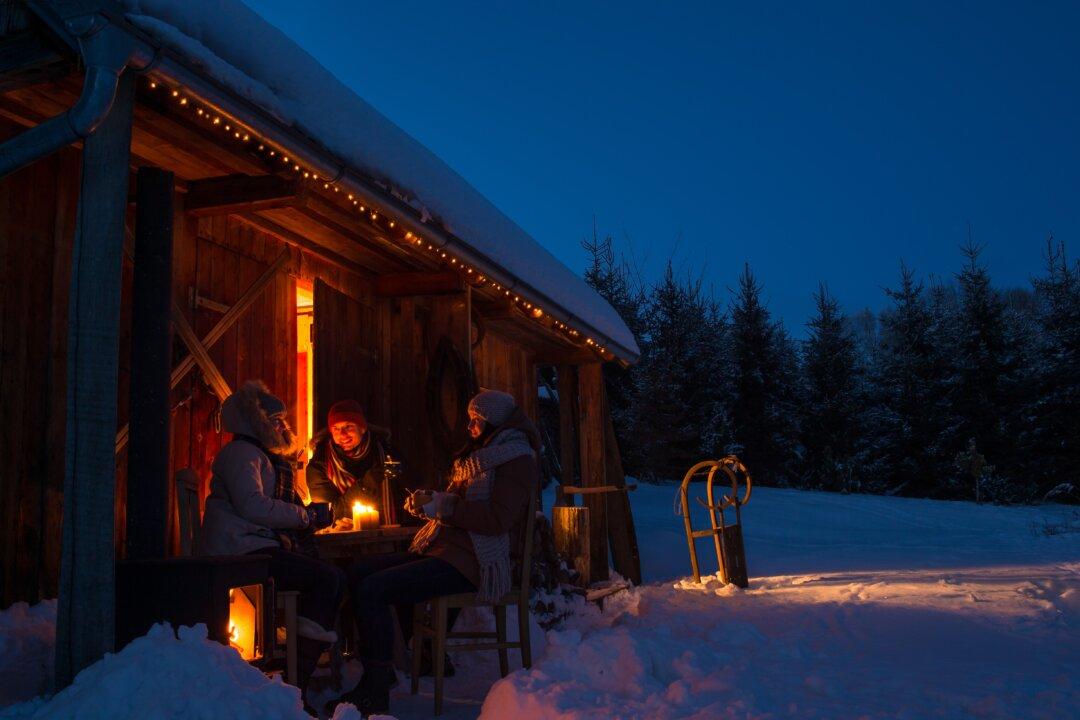You might find inspiration for handling the dark months ahead from Norwegians, according to Kari Leibowitz.
Leibowitz, a doctoral candidate in social psychology at Stanford University, has studied how Norwegians cope with winter and “polar nights,” the period beginning on Nov. 21, when the sun sets in Norway and doesn’t rise again for another two months. She spent a year at the University of Tromsø, located 200 miles north of the Arctic Circle, to better understand how people survive—and actually, thrive—in such extreme and unusual conditions.


